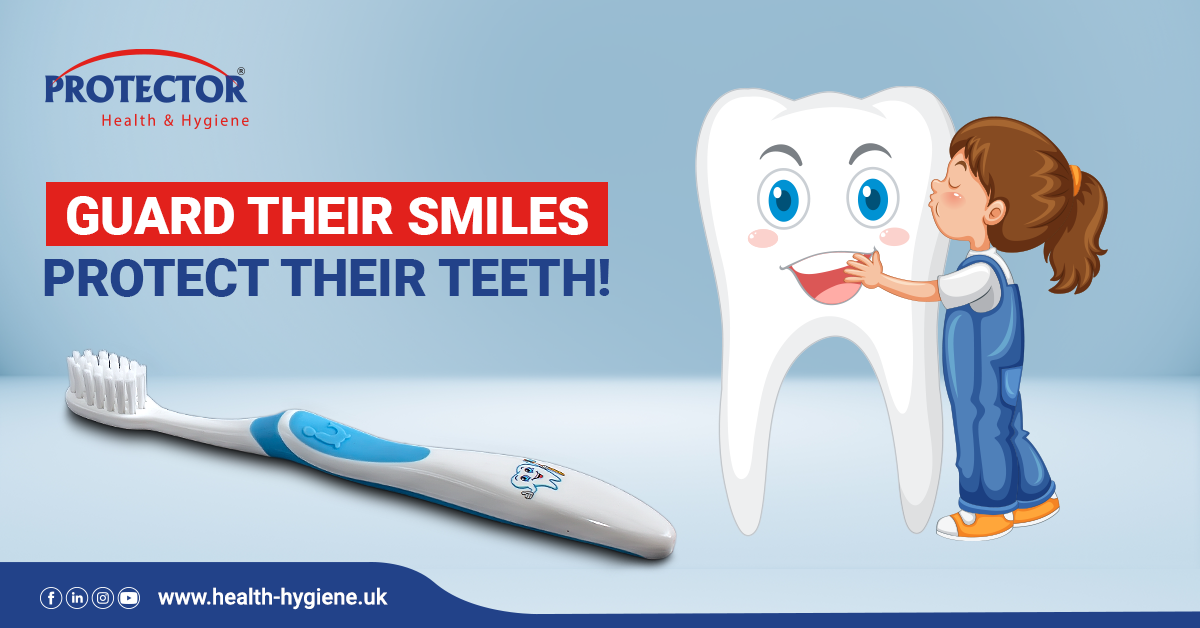In healthcare setups, Healthcare Workers (HCWs) are at greater risk of getting infected from contaminated instruments or equipment and from the hospital environment. Patients and HCWs might present no sign and symptoms of diseases, but can be the carriers of chronic diseases or host to the potential infectious agents.
The indoor air quality is an important aspect of the hospital environment and also a major factor in disease spread. Exposure to the indoor contaminations air such as allergies, asthma and respiratory diseases affects the healthcare personnel. The biological aerosols e.g., viruses, bacteria and fungal spores, are found to be linked with respiratory allergies, asthma, and several air-borne infections including influenza, tuberculosis, measles, mumps, chicken pox, and aspergillosis.
With the increase population and industrialization air pollution (smoke, haze, and allergens) has also increased proportionally which in turn has affected the outdoor air quality and the human health. According to the researchers, air pollution has imparted negative affect on the human’s lungs, heart and brain as well. According to World Health Organization (WHO), air pollution causes 4.2 million excess deaths.
Originally, face masks were thought to protect surgeons, hospital staff from nasal and oral bacteria, but today face mask have much broader usage. Facemask usage in metropolitan cities has escalated at much high rate in recent years are frequently in contact, particularly inside public transport facilities, shopping malls and workplaces.
Facemasks can help reduce the infectious spread as well as wearing a face mask can lessen the air-pollution exposure. Exposure to outdoor air pollution has typically adverse effects, however, majority of people spent time indoor where exposure to the biological pollutants and tiny particles increases. In healthcare set-ups, facemasks protect HCWs and patients against splashes and sprays, such as from sneezes and coughs. However, most masks don’t prevent the inhalation of small, airborne contaminants and in certain cases, promotes the microbial build-up.
These problems can be controlled in in healthcare centers, industries, cities, and workplace by introducing technology that provide utmost protection to its user such as Protector® Antimicrobial Facemask.
Protector® Antimicrobial Facemask provides maximum protection against microorganisms, viruses, allergens, smoke, haze and fine particles. It prevents the air-borne transmission when environment is highly contaminated with bacteria and other microorganisms such as on the roads, industrial manufacturing, healthcare set-ups, and pathological labs or in culinary industry. Microorganisms are everywhere and in order to protect against the deadly diseases the Protector® Antimicrobial Facemask is the best option for maximum protection.
Protector® Antimicrobial Facemask provides maximum protection against Bacteria, Viruses, Fungi, Algae, Mould, Mildew, Yeast, and Dust and has tested Antimicrobial efficacy of 99.99%. Microorganisms are killed upon contact with the facemask thus reduces the risk of transmission of microbes and infection spread.
Some people find uncomfortable by wearing the facemask or that they feel claustrophobic.
Protector® Antimicrobial Face Masks maintains the differential pressure (∆P) that does not make user feel uncomfortable in breathing. This facemask also conforms to ISO 22196 and ASTM E 2180 for Antimicrobial performance and ASTM F 2100 – Level 3 for: Bacterial Filtration Efficiency (BFE), Partial Filtration Efficiency (PFE), and Viral Filtration Efficiency (VFE).
Keywords:
Facemask, Antimicrobial, transmission, microbes, infection, outdoor, air pollutants, healthcare, industrialization, population, smoke, indoor, viruses, bacteria, environment, WHO, Fungi, Algae, Mould, Mildew, Yeast, Dust
References:
1. Amoran OE. Occupational exposure, risk perception and access to prophylaxis for HIV/AIDS infection among healthcare workers in Northern Nigeria. Br J Med Med Res 2013. Feb;3(2):275-287 .10.9734/BJMMR/2013/1770
2. Delclos GL, Gimeno D, Arif AA, Burau KD, Carson A, Lusk C, et al. . Occupational risk factors and asthma among health care professionals. Am J Respir Crit Care Med 2007. Apr;175(7):667-675. 10.1164/rccm.200609-1331OC
3. Luksamijarulkul P, Khumsri J, Vatthanasomboon P, Aiumlaor P. Improving tuberculosis infection control practice and microbial air quality in a general hospital after intervention. Asian Pac J Trop Med 2009. Apr;2(2):39-46
4. Sepkowitz KA, Eisenberg L. Occupational deaths among healthcare workers. Emerg Infect Dis 2005. Jul;11(7):1003-1008. 10.3201/eid1107.041038












